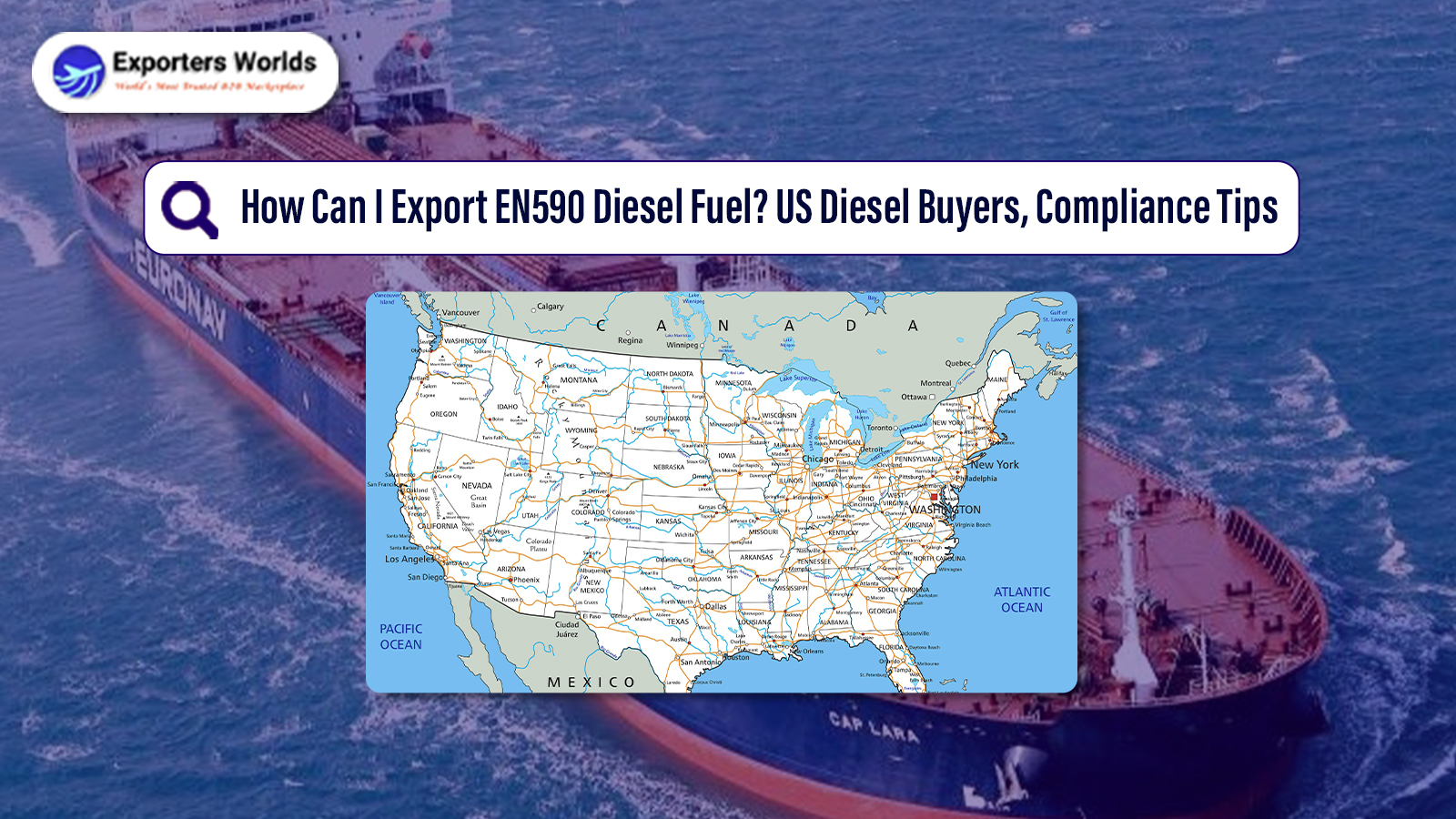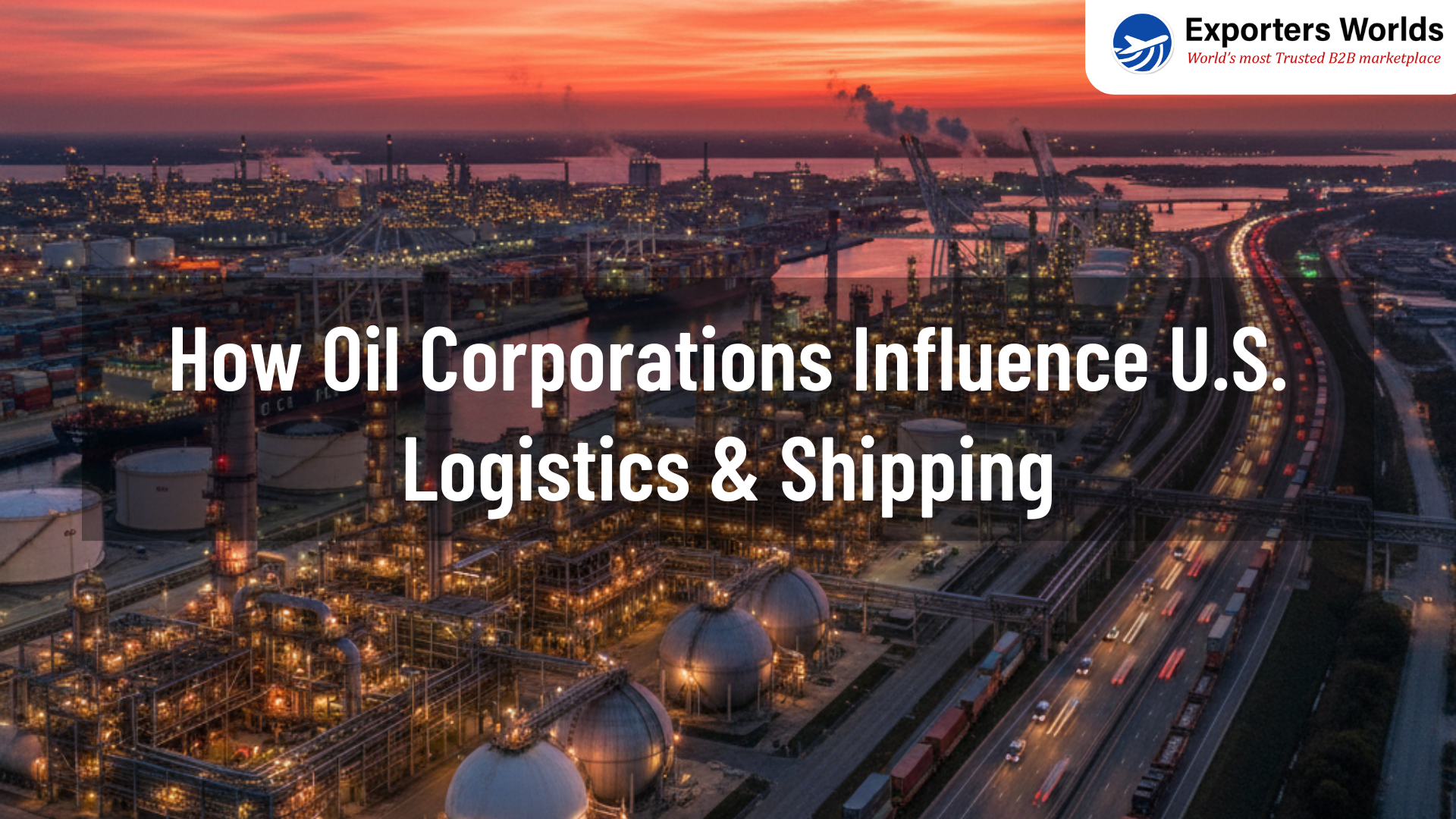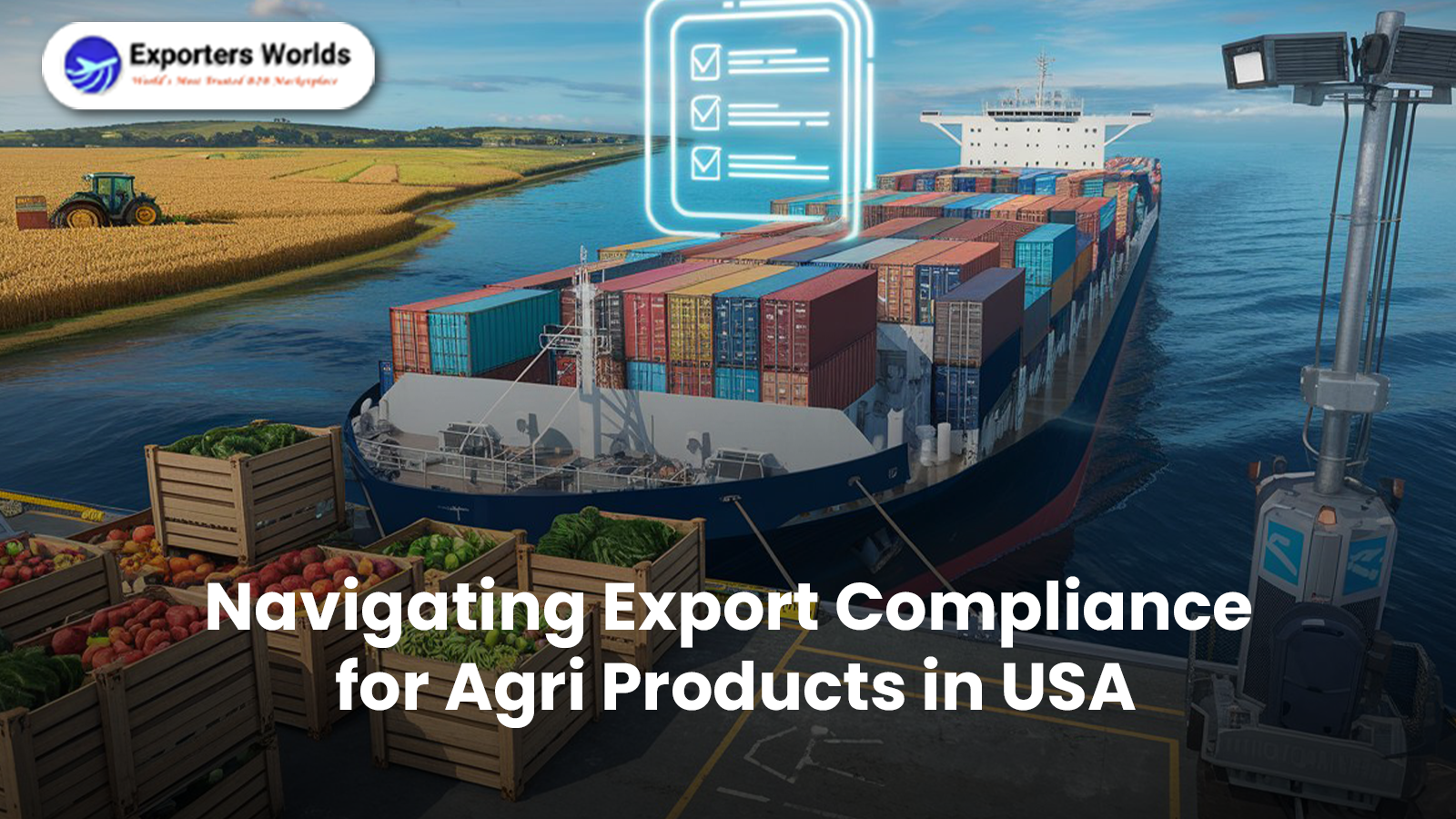How Can I Export EN590 Diesel Fuel? US Diesel Buyers, Compliance Tips

Let’s be brutally honest—exporting EN590 diesel fuel to the United States is no walk in the park. You’re entering a hyper-regulated, ultra-demanding, detail-obsessed energy market that only deals with the credible and the compliant. But if you’re serious about tapping into this billion-dollar trade lane, there’s opportunity waiting.
The kind of opportunity that isn’t advertised.
2024 alone saw the U.S. import over 5.4 billion gallons of diesel. Out of that, a considerable volume was EN590—the low-sulfur, high-efficiency diesel that’s increasingly preferred across logistics, aviation, agriculture, and defense procurement channels. This isn’t just a trade. It’s a technical game.
So, how do you do it right?
Let’s take it from the top.
What Is EN590 Diesel Fuel? A Quick Overview
EN590 Diesel Fuel Standards and Composition
EN590 diesel fuel is not just another fuel grade. It’s governed by European Standard EN 590, designed to reduce emissions, optimize combustion, and meet increasingly aggressive carbon legislation worldwide.
Here’s what it boils down to:
-
Sulfur content: ≤ 10 ppm (ultra-low sulfur diesel or ULSD)
-
Cetane number: minimum 51
-
Density: 820–845 kg/m³ at 15°C
-
Flashpoint: minimum 55°C
EN590 diesel is made to breathe better, burn cleaner, and move faster. That’s exactly why American fuel distributors are leaning in—hard.
Why EN590 Is in High Demand Globally, Especially in the USA
The U.S. might be a fuel producer, but it’s still a diesel importer—especially during refinery shutdowns, hurricane disruptions, or peak seasonal surges.
States like California, New York, and Texas consume millions of barrels each month, and not all of it can be produced domestically. Add to this increasing EPA pressure on sulfur content and the shift toward cleaner fuels, and suddenly, EN590 starts looking very attractive to U.S. importers.
And then there’s this: Global bunker fuel regulations under IMO 2020 forced ships to reduce sulfur emissions drastically, increasing demand for low-sulfur diesel alternatives.
Export EN590 Diesel Fuel: Step-by-Step Process
Step 1 – Source Legitimate Suppliers
The biggest rookie mistake? Believing a fuel trader without validation. It doesn’t matter if they send you a dozen logos or claim "ROT tank availability"—if you can't verify the supply, you're walking blindfolded into litigation.
Look for:
-
Active refineries with proof of refining license
-
Terminal operators in Rotterdam, Fujairah, or Primorsk
-
Documentation like TSR (Tank Storage Receipt), POP, and ICPO acknowledgment
You’re not just sourcing fuel—you’re sourcing credibility.
Step 2 – Understand Export Documentation
Here’s where it gets granular—and where 80% of deals fall apart.
At minimum, you’ll need:
-
Proforma Invoice (PI)
-
Commercial Invoice (CI)
-
Certificate of Origin (COO)
-
SGS or Intertek Quality Report
-
Bill of Lading (B/L)
-
Q88 vessel form (if shipping via tankers)
And if your documents don’t align across the chain, Customs and Border Protection (CBP) will reject your entry faster than you can appeal.
Step 3 – Arrange Transportation and Logistics
You’ll often hear CIF and FOB terms tossed around. Here’s the difference that matters:
-
FOB: Buyer takes ownership once the product is loaded onboard
-
CIF: Seller covers cost, insurance, and freight till it reaches the port
Houston, New Orleans, and Savannah are major U.S. ports handling EN590. But if you're shipping via the Atlantic route, you might consider Newark (NJ) or Baltimore depending on capacity and clearance timeframes.
How to Export EN590 to USA: Market Requirements
What US Diesel Buyers Are Looking For
Let’s be blunt—U.S. diesel buyers don’t have time for speculation.
They expect:
-
Clear volume slabs (100,000 barrels/month? 500,000 MT/year?)
-
Payment terms: Irrevocable DLCs, SBLCs, or TT depending on risk profile
-
POP, CI, SGS, and even NCNDA/IMFPA structures in some cases
It’s a trust game—and only those with transparent documentation and operational ability win.
Import Regulations for EN590 in the USA
The U.S. doesn’t just regulate product—it regulates every molecule.
You must comply with:
-
EPA’s ULSD standard (40 CFR Part 80 Subpart I)
-
CBP import codes under HTS 2710.19.15
-
Register your importer business with DUNS, SAM.gov, and ITAR (if applicable)
Failure to meet these standards? You could face seizure, fines up to $37,500/day, and blacklisting.
Avoiding Red Flags and Scams in US Fuel Trade
This part isn’t theoretical. Here’s how scams look:
-
The buyer avoids video calls
-
The deal offers unrealistic volumes at absurd prices
-
No bank instrument, just “cash-ready”
Always demand:
-
LOI (Letter of Intent)
-
RWA (Ready Willing Able letter)
-
Bank verifiable documents (BCL, MT199, MT799)
How Exporters Worlds Helps You Export EN590 Diesel Fuel
Verified Buyer and Seller Network
Exporters Worlds connects you with real, vetted, KYC-cleared US diesel buyers. Not shell companies, not unverifiable middlemen—real mandates with proven import records.
Trade Facilitation and Compliance Support
From preparing SPA drafts to arranging SGS inspections, we help navigate the full cycle—paperwork, product testing, customs coordination, and more.
You don’t need to learn the U.S. Code of Federal Regulations. We’ve got that covered.
Real-Time Market Access to US Diesel Buyers
Fuel markets shift daily. With Exporters Worlds, you stay tapped into:
-
Live demand feeds
-
Port capacity alerts
-
Buyer RFQs updated in real-time
We help exporters who can truly deliver… deliver faster.
EN590 Compliance Tips for Smooth Export Operations
Legal and Environmental Standards for the USA
Remember, EN590 diesel entering the U.S. must qualify as Ultra-Low Sulfur Diesel (ULSD). This is not optional.
SGS, Bureau Veritas, or Intertek should confirm:
-
Sulfur ≤ 10 ppm
-
Flash point ≥ 55°C
-
Water content ≤ 200 mg/kg
You’ll also want to match ASTM D975 specs where applicable.
How to Prepare Accurate and Verifiable Documents
Use third-party firms to certify all shipping documents. Even minor errors in loading volumes, B/L dates, or COOs can result in shipment delays of 2–6 weeks.
Working With SGS or Equivalent for Product Testing
SGS inspections aren’t just paperwork. They’re deal-closers.
You need:
-
Pre-loading inspection
-
On-vessel sampling
-
Real-time reports sent to both parties
If you skip this step, you’re asking the buyer to trust your word over chemical evidence. In the U.S. market, that’s a deal killer.
Common Mistakes to Avoid When You Export EN590 Diesel Fuel
-
Overpromising capacity. If you claim 500,000 MT/month and can’t show POP, you’re instantly blacklisted.
-
Ignoring destination regulations. What passes in Fujairah won’t pass in Florida.
-
Skipping buyer due diligence. Just because they say “we’re connected to Exxon” doesn’t mean they are.
Final Thoughts: Is It Worth Exporting EN590 Diesel Fuel to the USA?
If you’re structured, compliant, and ready to move with integrity—yes.
The U.S. market is desperate for transparent diesel suppliers who can deliver both product and paperwork. You don’t need millions of barrels—you need a clean supply, a willing buyer, and a team that knows what they’re doing.
That’s why Exporters Worlds exists—to simplify the chaos, cut out the noise, and help legitimate fuel suppliers land real U.S. buyers without burning through time and trust.
Ready to Export EN590 Diesel Fuel to the USA? Connect with Verified US Diesel Buyers Through Exporters Worlds.




